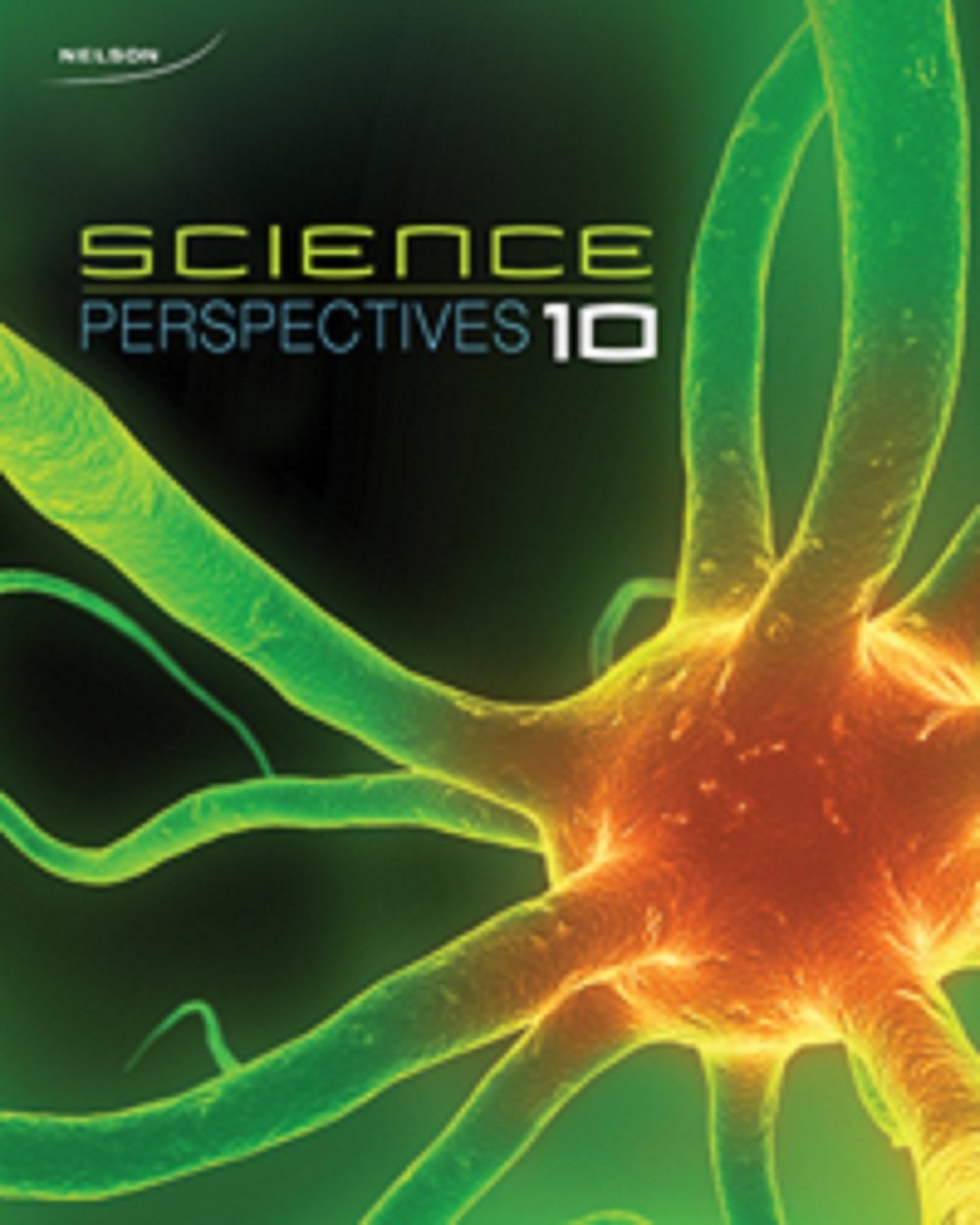
Nelson Science Perspectives 10
1st Edition
ISBN: 9780176355289
Textbook solutions
All Solutions
Page 309: Self-Quiz
Exercise 14
Step 1
1 of 2
Balanced chemical equation:
$$
mathrm{HCl_{(aq)} + KOH_{(aq)} longrightarrow KCl_{(aq)} + H_2O_{(l)}}
$$
Result
2 of 2
$$
mathrm{HCl_{(aq)} + KOH_{(aq)} longrightarrow KCl_{(aq)} + H_2O_{(l)}}
$$
mathrm{HCl_{(aq)} + KOH_{(aq)} longrightarrow KCl_{(aq)} + H_2O_{(l)}}
$$
Exercise 15
Step 1
1 of 3
a. Group I alkali metals are soft and can be cut with a knife. They have low densities and can float on the surface of water. They are very reactive and can react with atmospheric moisture to form metal hydroxide and hydrogen gas and to prevent this from happening are stored in paraffin oil.
Step 2
2 of 3
b. Group II alkaline earth metals are soft metals as compared to transition metals, but not as soft as alkali metals. They react with acids to form hydrogen gas.
Step 3
3 of 3
c. Group 18 noble gases are unreactive gases that are used in lighting fixtures and some are used in balloons because of their unreactive nature.
Exercise 16
Step 1
1 of 4
a.
Aluminum oxide is Al$_2$O$_3$.
Step 2
2 of 4
b.
Iron(II) chloride is FeCl$_2$.
Step 3
3 of 4
c.
Ammonium sulfate is (NH$_4$)$_2$SO$_4$.
Result
4 of 4
Click to see answers.
Exercise 17
Step 1
1 of 3
a. Aluminum is a very malleable metal and a good conductor of electricity.
Step 2
2 of 3
b. Aluminum reacts with acids to form aluminum salt and liberate hydrogen gas according to the equation:
$$
mathrm{2Al_{(s)} + 6HCl_{(aq)} longrightarrow 2AlCl_{3(g)} + 3H_{2(g)}}
$$
Result
3 of 3
Click to see answers.
Exercise 18
Step 1
1 of 2
The chemical formula of the compound is Al$_2$X$_3$. This implies that X is an anion with an ionic charge of $-2$ on it, therefore will form CaX with calcium.
Result
2 of 2
The chemical formula of this compound is CaX.
Exercise 19
Result
1 of 1
This does not violate the law of conservation of masses because the iron nail reacted with atmospheric oxygen to form iron oxide. The mass of oxygen reacted with it added to its mass.
Exercise 20
Step 1
1 of 3
a.
Zinc reacts with acids to form a salt and liberate hydrogen gas, therefore this gas must be hydrogen.
Zinc reacts with acids to form a salt and liberate hydrogen gas, therefore this gas must be hydrogen.
Step 2
2 of 3
b.
Balanced chemical equation:
$$
mathrm{Zn_{(s)} + H_2SO_{4(aq)} longrightarrow ZnSO_{4(aq)} + H_{2(g)}}
$$
Result
3 of 3
Click to see answers.
Exercise 21
Step 1
1 of 3
a.
Decomposition of hydrogen peroxide in more rapid in the presence of light and therefore its bottles are dark brown to prevent its exposure to light and help prevent its decomposition.
Decomposition of hydrogen peroxide in more rapid in the presence of light and therefore its bottles are dark brown to prevent its exposure to light and help prevent its decomposition.
Step 2
2 of 3
b.
Balanced chemical equation:
Balanced chemical equation:
$$
mathrm{2H_2O_{2(l)} longrightarrow O_{2(g)} + 2H_2O_{(l)}}
$$
Result
3 of 3
Click to see answers.
Exercise 22
Step 1
1 of 3
a. The higher the concentration of hydrogen ions in a solution, the more acidic it is. This implies that lemon juice will have the highest concentration of hydrogen ions as this is the only acid in the given substances.
Step 2
2 of 3
b. The more basic a solvent, the higher its pH. This implies that the drain cleaner will have the highest pH as (most) drain cleaners are strong bases.
Result
3 of 3
a. Lemon juice.
b. Drain cleaner.
Exercise 23
Step 1
1 of 1
The janitor must cover his hand with gloves and eyes with safety goggles. He must than empty the ammonium hydroxide in a flask and add the indicator phenolphthalein to it. Phenolphthalein is pink in basic medium and therefore the contents of the flask will turn pink. Add hydrochloric acid to it and gently shake the flask. Phenolphthalein is colorless in acid medium, therefore as acid is added to this mixture, the pink color of the mixture will gradually lighten until it completely disappears. The change of the color of the solution from pink to colorless will indicate the completion of this reaction and the complete neutralization of the ammonium hydroxide solution using hydrochloric acid.
Exercise 24
Step 1
1 of 3
In this question, we have to write about how two different chemical reactions and explain how did we understand them before and after studying them in this chapter.
Step 2
2 of 3
(a) Before i used to think that rusting of metal is only a dust attached to the metal itself and we can wipe it with only water, and wine is only a normal grape juice.
Step 3
3 of 3
(b) Now I can understand clearly that there are a lot of chemical reactions happening around us without noticing. Rusting of metal is a chemical reaction that refers to the formation of rust, this rust is formed from a redox reaction between oxygen and iron in an environment containing water, and Fermentation is a chemical process by which grape transforms into wine. During fermentation, yeast converts grape sugars into alcohol.
unlock

